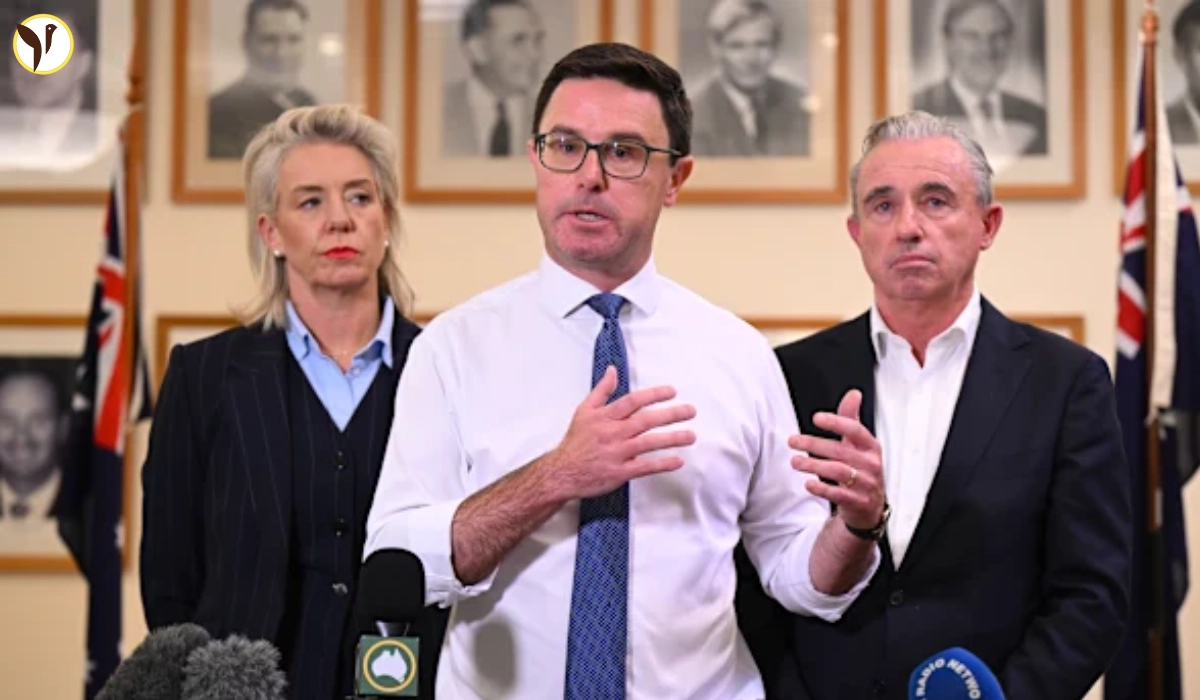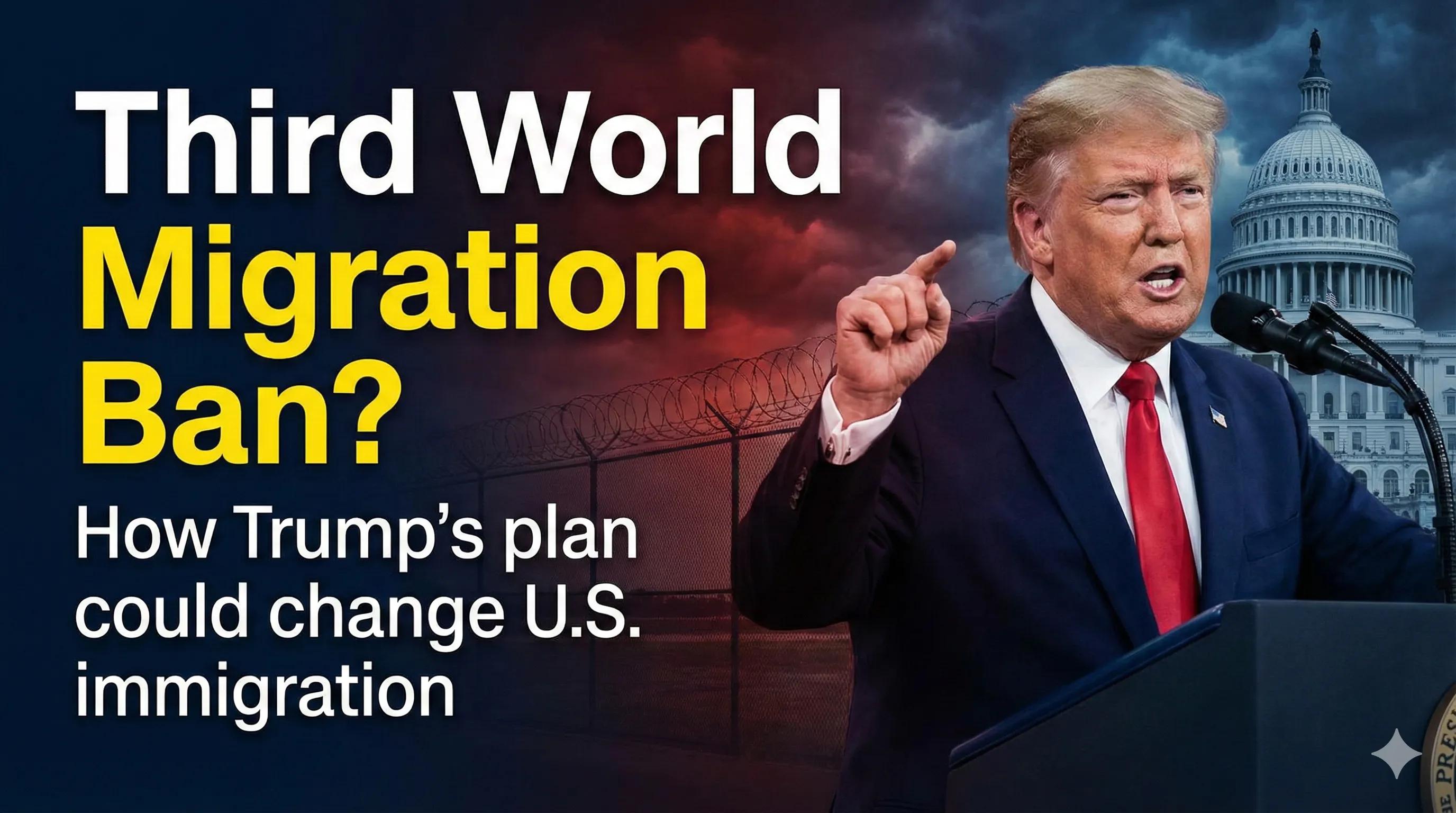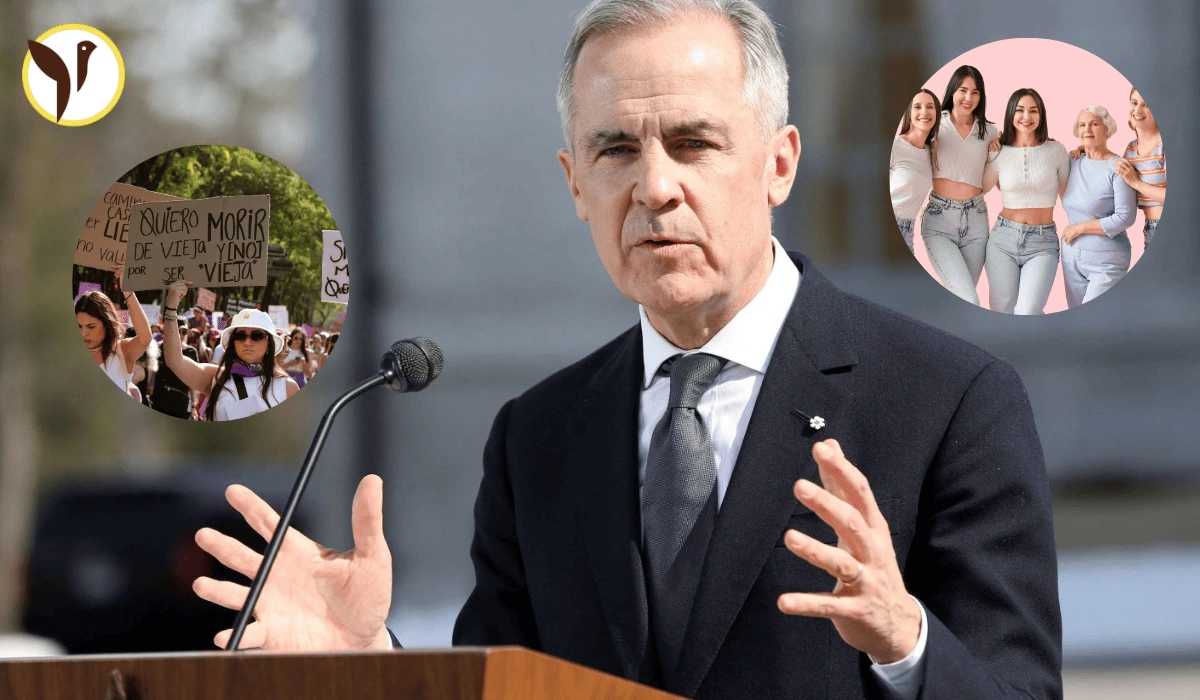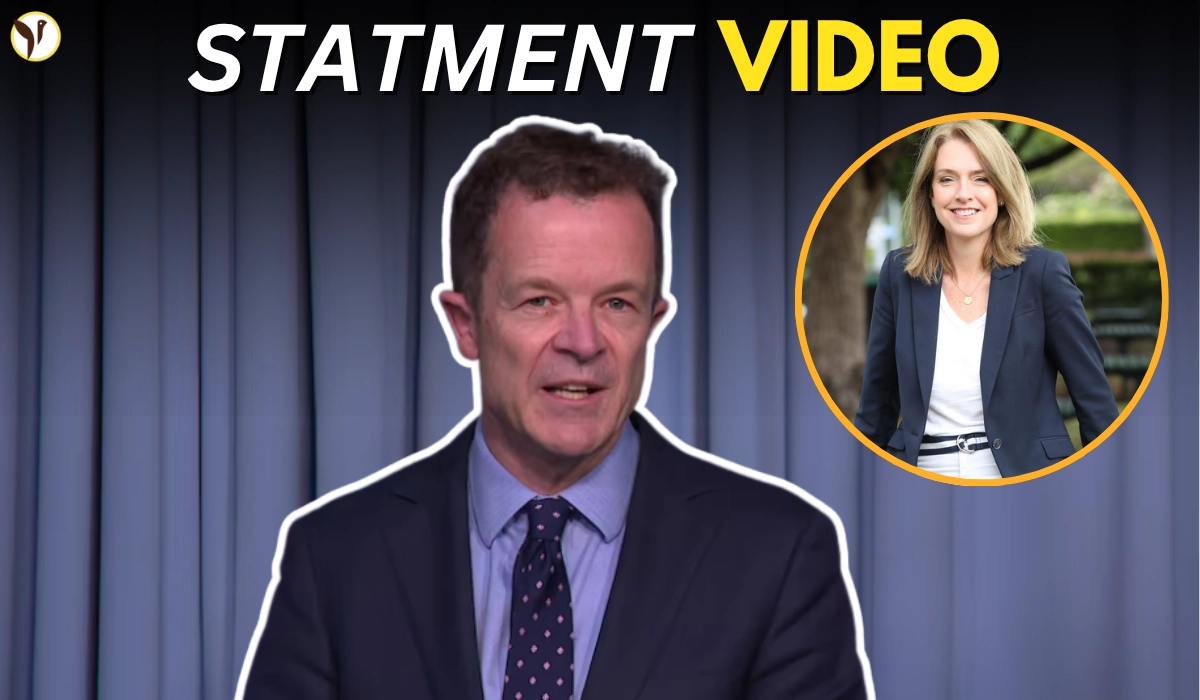Coalition Collapse Sends Shockwaves Through Australia’s Political Landscape
Among the pioneering demographics sending shockwaves through Australia's political landscape, the liberal party coalition officially collapsed from May 20, 2025. This political separation in Australia is the end of the most constant alliance in Australia's federal policy. It redefines their political identity and focuses solely on the needs of local and rural Australians.
Reasons Behind the Coalition Split
According to Little Proud, the liberal coalition of states has gradually shifted to guidelines that alienate rural voters, particularly in terms of climate change, water rights, mining regulations and local infrastructure funding. He argued that the continuation of the Allianz meant to affect the bush's unique voice.
Liberal Party’s Response to the Breakup
On the liberal side, Deputy liberal leader Sussan Ray responded by expressing his deep disappointment at the exit of the nation, finding the unit essential during this difficult time. However, she argued that Australia's liberals would continue their commitment to economic stability and national growth despite the fractures.
Impact on Rural Communities and Regional Voters
The Nationals Australian Party believes such guidelines will damage farm communities and cities where employment is at risk, and development is often curtailed by strict federal orders. Breaking wants to recapture voters from the most important regions who have slipped into small, independent parties due to complaints about mainstream policies.
Political Ramifications and Opposition Challenges
This step opens the door to political map redesign as a broken conservative political alliance shares a voice and reduces the opposition's ability to challenge the government's Australian Labour Party. Analysts assume that the division of the coalition could benefit candidates, particularly those with marginal boundaries, green candidates, and those with increased disillusionment with both parties.
Voter Sentiment and Ideological Divide
Rural communities that once trusted the Union feel fooled by what they consider Canberra's indifference to act as a united front for agriculture, resource management and local services. The people want the people to once again accept support for the base as fundamental support and as the true advocate of the Australian nation. In the meantime, urban voters who agree with the Liberal Party can welcome change and expect a more modern, focused liberal party free from the compromises of rural politics.
A New Era in Australian Politics
The end of the liberal national alliance reflects the broader global trend for political coalitions to maintain unity, given the increasing diversity of ideological within the base. There are questions about whether the two parties will cooperate in any way during the campaign. Political commentators warn that the conservative voting sector could lead to the unexpected benefits of progressive political parties and independence. Once the dust settles, one thing is clear. Australia's politics have entered a new era in which long alliances are no longer guaranteed and all voices are prevailed. The collapse of the coalition will redefine the future of Australia's correct wing politics and can redefine politics in the coming years through climate, energy and regional equity.









